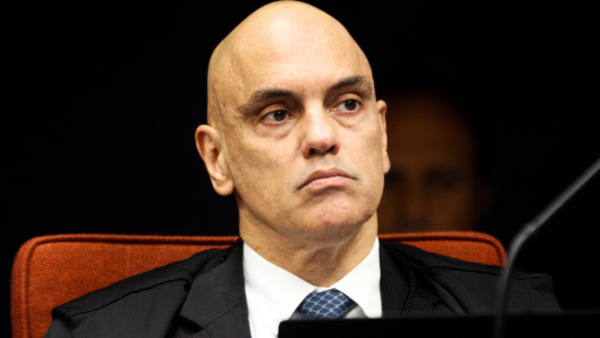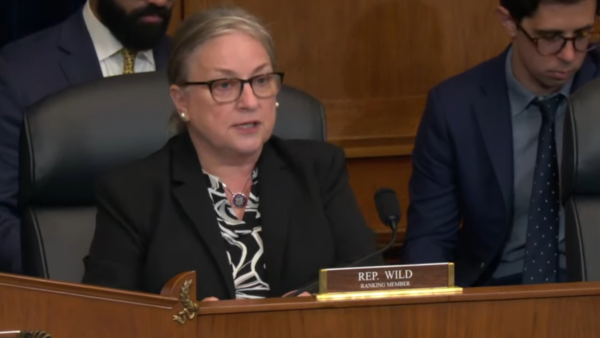Petrópolis, a mountain city located 68 kilometers from Rio de Janeiro, continues to assess the damage of intense rainfall which hit the city on Tuesday evening and caused floods and landslides. The death count has already reached 67 people (up from 34 this morning) and is expected to go up, with new bodies appearing as water levels lower.
In a matter of just six hours, Petrópolis saw the amount of rain it would expect for an entire month. Winds reached up to 100 kilometers per hour and parts of the city were hit by hailstones.
Physicist Paulo Aleixo, vice-chair of the São Paulo Science Academy, told newspaper Folha de S.Paulo that authorities should have evacuated parts of the city on Monday when the National Center of Natural Disasters Monitoring and Alert (Cemaden) issued a warning.
Local administrations remain unable to deal with crises before tragedy strikes, even a decade after the city’s worst climate-related event: when landslides and floods killed 900 people and left 100 missing. It took over three years for the local tourism industry — which is the region’s economic engine — to recover.
Rio de Janeiro Governor Claudio Castro described the situation in Petrópolis as “close to a war zone.” He said: “There are cars hanging from light poles, cars upside down … just so much mud.” Mr. Castro said Regional Development Minister Rogério Marinho should fly to the city this week — and President Jair Bolsonaro, who is in Russia, will visit the scene on Friday.
Prior to the Petrópolis tragedy, heavy rains had already displaced families and killed dozens of people in the states of Bahia and Minas Gerais. Meanwhile, the south of Brazil struggled with severe droughts. Back in 2020, we said in our Explaining Brazil podcast that “heavy rains and other extreme weather events have become the norm in Brazil, with much of the blame lying with climate change and poor urban planning.”


 Search
Search











































